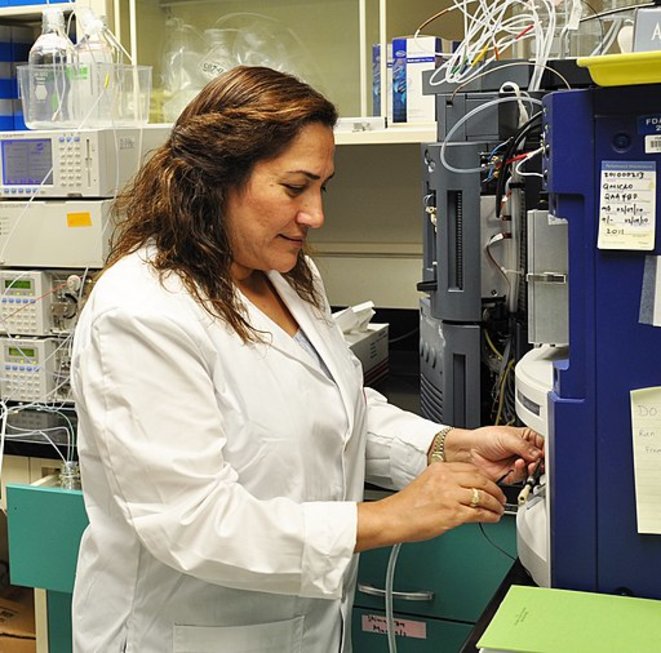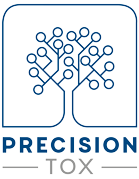by Jeanne Laperrouze
Media Part blog
12 may 2022
PARC will help support the European Union’s Chemicals Strategy for Sustainability and European Green Deal’s “zero-pollution” ambition. Bringing together nearly 200 scientific partners from 28 countries as well as EU agencies, PARC is coordinated by the French Agency for Food, Environmental and Occupational Health and Safety (ANSES), with funding on an equal basis from Horizon Europe (the 9th EU research and innovation framework programme), and the partnership’s participants, around an estimated budget of €400 million.
PARC gathers a broad community of research organisations and health agencies to advance research, share knowledge and improve skills in chemical risk assessment. The results of this partnership, which started on 1 May 2022, will be used to support new European and national strategies to reduce exposure to hazardous chemicals and their impact on both human health and the environment.
The goal will be to generate new, easily accessible and usable data, along with new assessment methods and tools which will also contribute to reduce and replace animal testing while better identifying harmful chemicals. In particular, PARC will help with the development of tools to identify new, less hazardous substances that are in keeping with sustainable development approaches.
PARC has strong ambitions for scientific collaboration, and will provide a unique opportunity for the different risk assessment players to work together above and beyond the schemes and timetables associated with the different sector-specific regulations. By identifying opportunities for pooling efforts at national and European levels, it will optimise the resources dedicated to chemical risk assessment and monitoring, and accelerating progress in these areas.
To date, PARC gathers nearly 200 partners from 28 countries, as well as three EU agencies (the European Environment Agency – EEA, the European Chemicals Agency – ECHA and the European Food Safety Authority – EFSA). It is bringing into play public partners across the continent, including European and national health and risk assessment agencies, universities and public research organisations. Five Directorates-General of the European Commission (DG -RTD, DG Grow, DG-ENV and JRC) and the ministries of the countries involved are contributing to the governance of PARC and will monitor its activities.
This partnership will build on previous work, in particular the actions undertaken as part of the European Joint Programme HBM4EU (Human Biomonitoring for Europe) or the H2020 project EU-Tox-Risk. PrecisionTox, ONTOX and RISK-HUNT3R, three H2020 funded projects aiming to develop methods to accelerate the assessment of chemicals without animal experimentation and which together form the ASPIS cluster, will play a key role in PARC. Three PrecisionTox partners, namely the Helmholtz Centre for Environmental Research (UFZ), the Karlsruhe Institute of Technology (KIT) and the University of Birmingham (largest contributor involved in the United Kingdom) will also take part into PARC.
PARC will run for seven years and is scheduled to end in spring 2029. PARC has en estimated budget of €400 million, half of which is being funded by the European Commission and the rest by the partner countries. ANSES is the partnership coordinator.

© FDA






